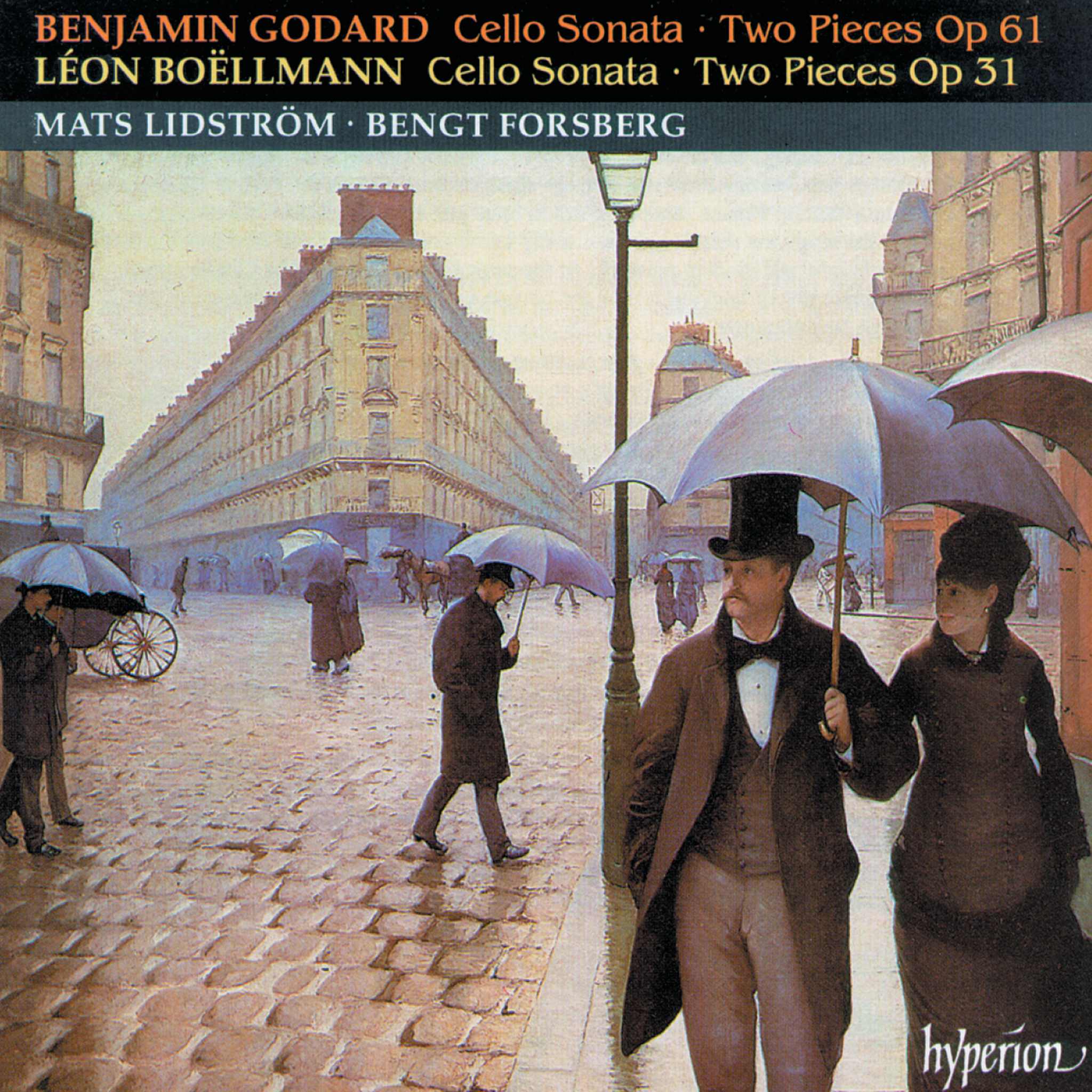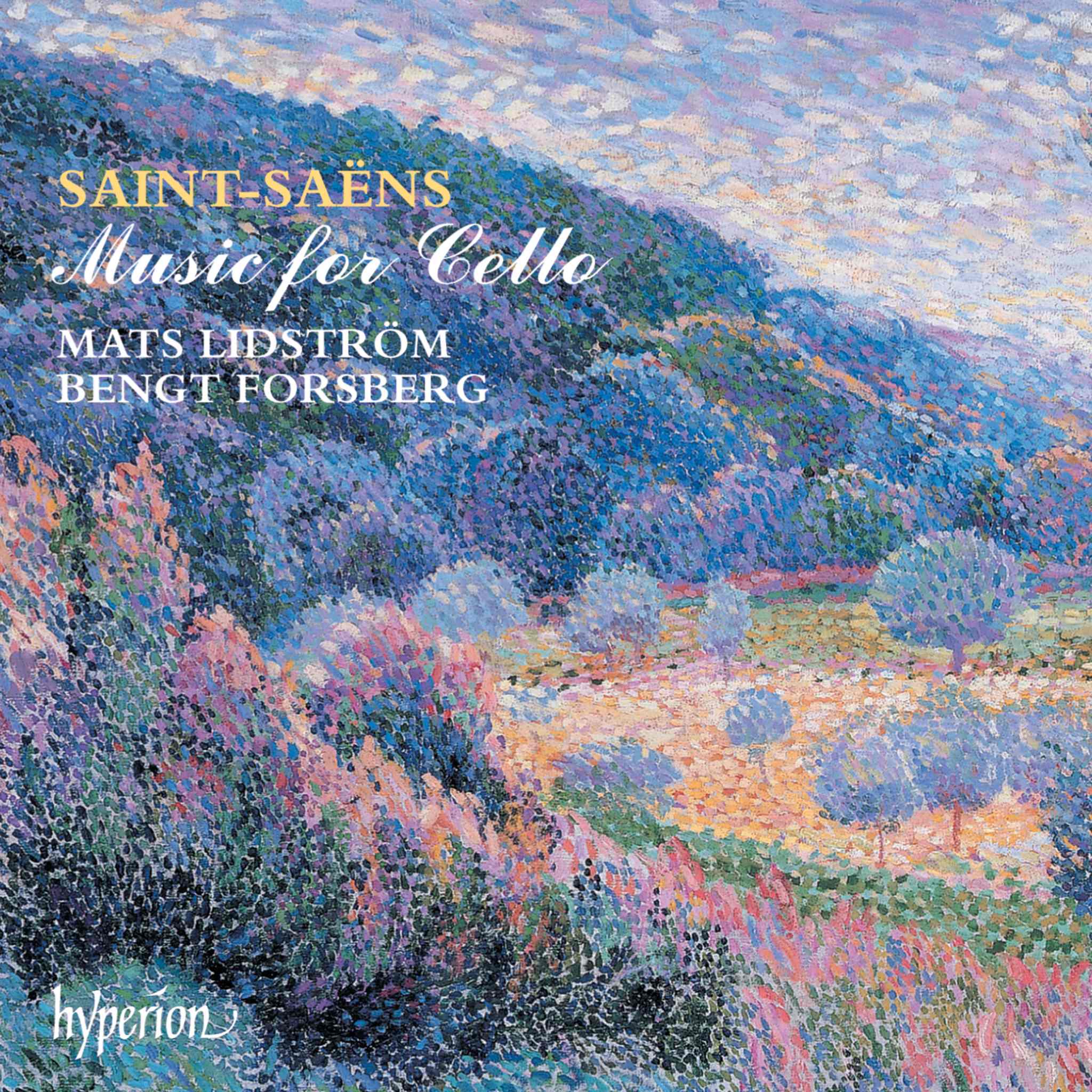Album insights
Throughout European music history, English composers only exerted significant influence twice. In the early 15th century, the works of John Dunstable and his contemporaries became influential in Flanders and Burgundy. Two centuries later, a group of English musicians found employment in Northern European courts. Reasons for their departure varied: some were religious refugees fleeing Queen Elizabeth's persecution, others succumbed to lucrative opportunities, and a third group joined English theater troupes touring continental Europe. John Dowland left England in 1594 due to a rejected court position and his alignment with Catholicism. His journey took him to Wolfenbüttel, Kassel, and eventually the court of King Christian IV of Denmark. Despite his renown in Europe, Dowland's return to the English court was thwarted, potentially due to familial ties. Upon becoming a court lutenist in 1612, Dowland hoped to capture Anne of Denmark's attention with his composition "Lachrimae."
Dowland's introduction of "Lachrimae" marked a shift in music notation format. This collection, primarily intended for strings, was set for lute, viols, or violins in five parts. Notably, the music's arrangement facilitated ensemble playing, allowing a full table of musicians to perform from a single copy. While considered part of the English consort repertoire, "Lachrimae" was partially composed in Copenhagen. Dowland's precise grouping of pieces and attention to tonal details reflected the preferences of the time. The suite was structured as a series of pavan-galliard pairs and appropriately transposed to suit the instrumental configurations prevalent in ensemble performances of that era.
Dowland integrated existing music into "Lachrimae," notably reworking pieces originally composed for other instruments. Several compositions were also known as popular songs, with some appearing in Dowland's collections. The Latin titles of the pieces in "Lachrimae" remain somewhat enigmatic, adding layers of interpretation to the music. Despite its limited impact on English consort music, Dowland's legacy endured in continental Europe, where composers like Samuel Scheidt drew inspiration from his works. Dowland's distinctive variations on the theme of tears were preserved in various adaptations, keeping his musical influence alive for centuries.






